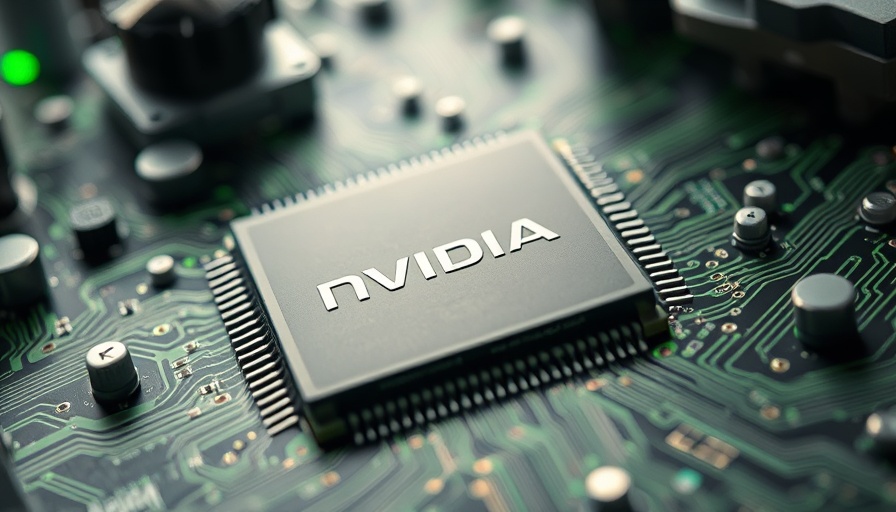
Tennis Under Fire: AI Line Calls Ignite Controversy
Wimbledon, the epitome of tennis tradition, has taken a bold leap into the future by replacing human line judges with electronic line calling systems (ELC), but not everyone is embracing this technological shift. Several high-profile players have voiced concerns about AI's capability to accurately judge the game, leading to frustration and debating the effectiveness of AI in sports.
Player Reactions: A Call for Human Touch
As the tournament proceeds, players’ dissatisfaction with the AI line judges has been palpable. British star Emma Raducanu specifically highlighted a critical moment in her match, where the AI missed a clear ball out call, forcing her to play on as if the point were still alive. “It was out,” she stated emphatically, reflecting wider sentiments among her peers. Jack Draper, the current British No. 1, also chimed in, emphasizing that he didn't find the technology to be “100 percent accurate,” raising concerns that such technology might jeopardize fair play.
The Technical Glitches: When AI Fails
The frustrations peaked during a match between Sonay Kartal and Anastasia Pavlyuchenkova when the ELC failed to track an out ball, prompting the umpire to step in and instruct the players to replay the point. This incident not only interrupted the match but also illustrated how dependence on technology can lead to confusion and frustration among athletes, especially in crucial moments.
Accessibility Challenges: A Disservice to Players
Further compounding the issues, players with disabilities have expressed difficulties in adapting to the new system. One deaf player mentioned the elimination of human signals made it challenging to discern when points were won. This highlights that while technology strives to innovate, it must also consider inclusivity and the diverse needs of all athletes.
A Response from Wimbledon Management
Debbie Jevans, chair of the All England Club, defended the move towards AI, citing prior requests for electronic technology due to perceived improvements in accuracy compared to human judges. Yet, the backlash from players suggests that the shift has come too fast, without sufficient adjustments to refine the technology's reliability on this grand stage.
Looking Ahead: The Future of Technology in Sports
The rising tension between tradition and innovation in sports is increasingly prevalent as more tournaments adopt technology in their operations. The ongoing debates about ELC systems at Wimbledon may serve as a catalyst for change regarding how such technology is implemented and adjusted. With player feedback being a crucial element, it’s apparent that while AI holds potential, it cannot replace the expert judgment and human nuance that has long characterized the sport.
Final Thoughts: Balancing Innovation with Tradition
The Wimbledon AI saga illustrates a vital transitional moment in sports technology, illuminating both the promise and peril of innovation. Players want a fair game, and while technological advancements can enhance precision, the need for human discretion and oversight remains crucial. As discussions continue, feedback from athletes will be essential in shaping the future of tech in tennis.
As tennis lovers, let’s engage in a meaningful conversation about what these changes mean for the sport we cherish. Consider voicing your opinion or following the unfolding events and debates surrounding technology’s role in the game.
 Add Row
Add Row  Add
Add 



Write A Comment